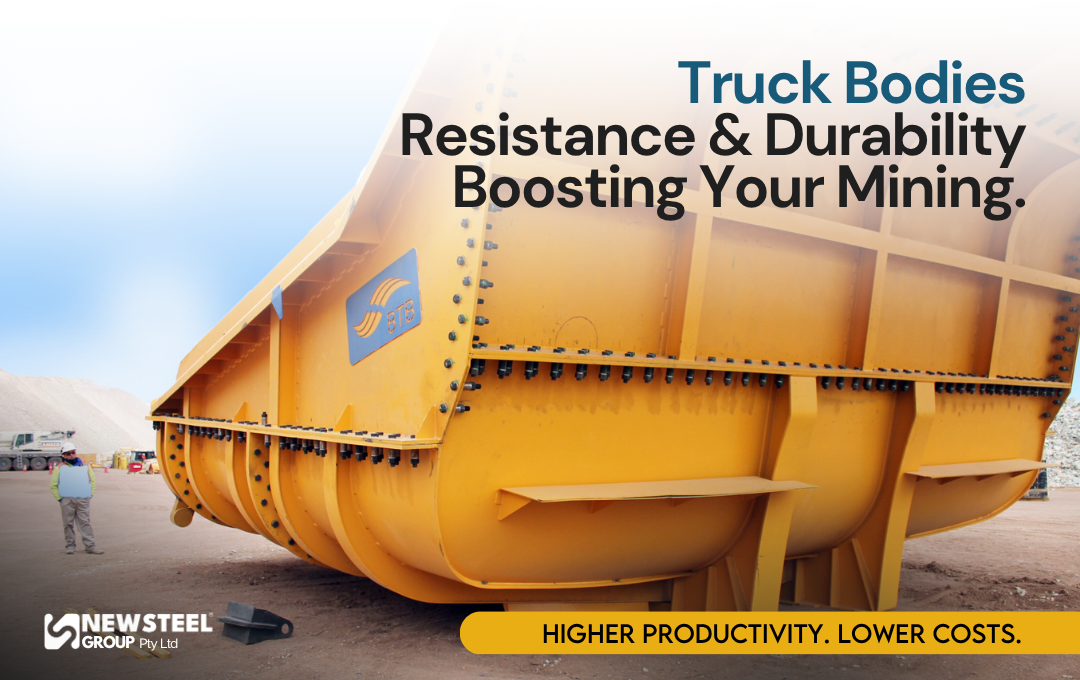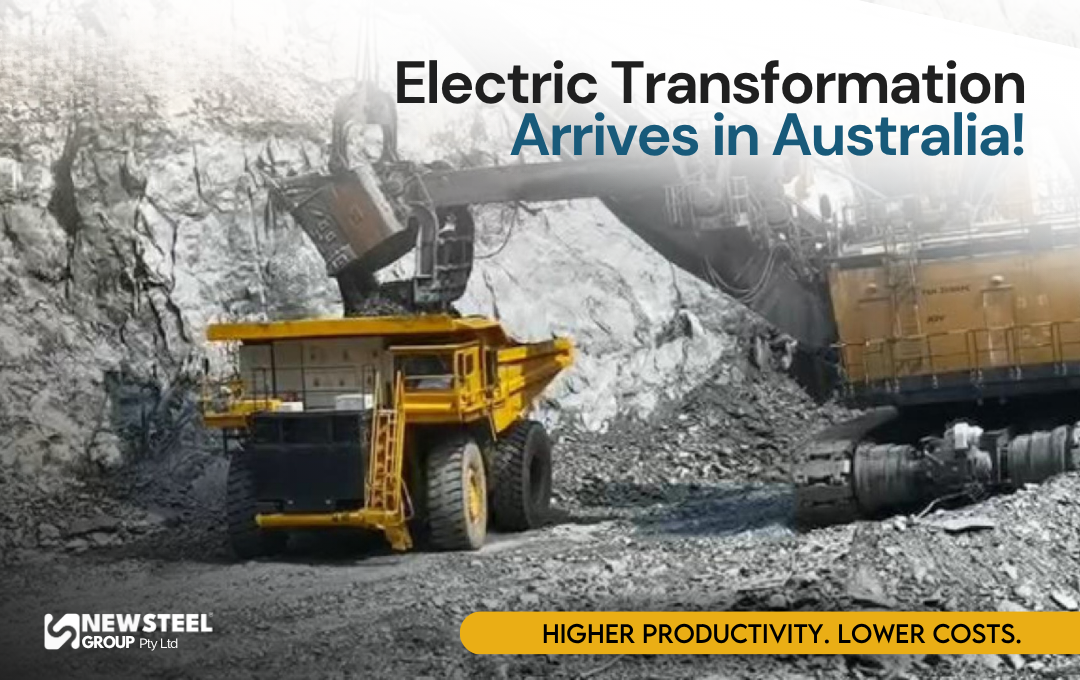What Are the Hidden Costs of Diesel in Mining? The Real Price of Not Electrifying

For decades, diesel has powered mining operations worldwide. But beyond the price at the pump, the hidden costs of diesel in mining represent a growing burden that hinders the transition to cleaner, more efficient alternatives. From fuel spills to regulatory fines and relentless maintenance expenses, diesel’s real impact is far more expensive than it appears.
Diesel Spills: One of the Hidden Costs of Diesel in Mining
Fuel spills are not uncommon at mining sites. Whether caused by equipment failure, faulty connections, or operational mishaps, spills often force operations to halt, deploy trained personnel, and implement strict cleanup procedures. The associated costs include labor, materials, environmental mitigation—and in some cases, irreversible damage to the land.
Over time, repeated minor leaks accumulate into serious environmental liabilities. In high-activity zones, diesel use increases the likelihood of these risks, requiring more complex and costly remediation strategies. These realities form part of the broader hidden costs of diesel in mining that rarely appear in financial reports.
Environmental Penalties: More Frequent Than You Think
Environmental regulations are tightening, and oversight is becoming more rigorous. Fines for non-compliance with emissions standards, mishandling hazardous waste, or delayed spill reporting can reach millions. Even with full compliance, staying within regulatory frameworks requires costly monitoring systems, certifications, audits, and contingency planning.
As decarbonization efforts intensify, these costs will only rise. Many mining companies are now questioning whether sticking with diesel is financially sustainable—or if it’s time to explore smarter, cleaner alternatives (see comparison: diesel vs electric trucks in mining).
Excessive Maintenance: Diesel Takes a Toll
Diesel engines in mining trucks and heavy equipment require ongoing, intensive maintenance. Filters, injection systems, cooling units, and many other components wear down quickly under extreme conditions. This means constant replacement, lubrication, and technical labor—all of which add up to major operational costs.
Electric Conversion: A Direct Response to the Hidden Costs of Diesel in Mining
Maintenance cycles in diesel-powered equipment are more frequent, leading to increased downtime and reduced productivity. In contrast, converting diesel fleets to electric systems can dramatically reduce operational expenses. In fact, companies that have made the shift have reported up to an 80% savings in fuel costs with electric trucks from NewSteel, highlighting the real financial impact of electrification.
Looking Beyond Fuel
Mining is at a turning point. Environmental pressures, new regulations, and rising operational costs are accelerating a transformation in how the industry works. Sustainability and innovation are no longer side topics—they are central to strategic decision-making.
Clean technologies, hybrid energy models, digitalization, and equipment conversion are reshaping the mining landscape. These advances are not just about compliance—they are redefining efficiency and competitiveness. For a closer look at how this shift is taking shape, we explore how electric trucks are driving sustainability and innovation in mining.
One of the clearest applications of this change is converting diesel trucks into electric vehicles. This approach allows operations to make use of existing fleets, reduce emissions, and cut costs—without waiting for future technologies. More and more mining companies are adopting practical solutions that align profitability with environmental responsibility.
At NewSteel, we support this shift from the ground up, offering electric solutions that help mining operations take measurable steps toward a cleaner future. Follow us on LinkedIn and Instagram for the latest updates, success stories, and insights.
























